10 great innovators – and what made them great

By its very nature, inventive thought usually requires breaking away from the status quo. Usually something unanticipated, innovation can mark the death of old methods and the starting point of new paradigms.
From artists and determined dreamers to daredevils and studious scientists, here we look at 10 of humanity’s greatest innovators, and the special attributes which helped them to help the world progress.
Cai Lun
Western writers and scholars from Karl Marx to Francis Bacon have regularly cited ancient China as the birthplace for the key innovations that kickstarted modern civilization. Of the innovations often referred to as the Four Great Inventions – the compass, gunpowder, paper-making, and printing – only one of them has a person widely credited as its inventor.

A servant of the Chinese imperial court, Cai Lun (sometimes spelled Ts’ai Lun), is credited with the development of paper in 105 A.D. Like many great inventions, Lun’s achievement was based on the improvement of an existing idea. The use of papyrus for writing and illustration was already well established at the time, but it was a slow, often expensive and ultimately unreliable medium.
Cai conceived the idea of forming sheets of paper from soaked tree bark, hemp waste, old rags and fishnets – it was heap, much easier to produce and transport, and more importantly easier to write on. Lun would go on to standardize his formula and process before it was rapidly adopted across China, eventually spreading around the world.
The Wright Brothers
How could two ostensibly small-time tinkerers manage to pull off the sort of humanity-changing breakthrough that you would normally expect could only be achieved by a well-resourced company or government? The simple answer would be that they were able to muster up a seemingly unending supply of perseverance.
Brothers Wilbur and Orvill from Dayton, Ohio, ran a modest bicycle shop. As children they had been inspired by the French aeronautical pioneer Alphonse Pénaud, and as adults they were infatuated with the seemingly impossible dream of creating a working flying machine.
Sign up for breaking news, reviews, opinion, top tech deals, and more.
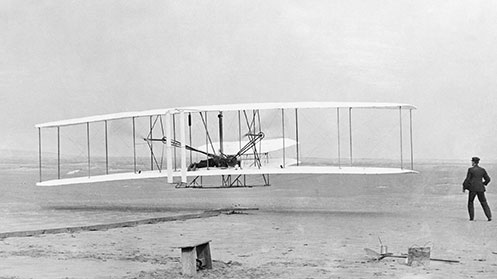
Many had failed before them, but the two self-taught engineers were undeterred by continual setbacks, heading back to the drawing board time and again to tweak and repair prototypes following each demoralizing crash.
On December 17 1903 the siblings would succeed in achieving the first powered, sustained, and controlled airplane flight. Two years later they would take things further by flying the first fully practical airplane, kickstarting a global economy and helping to make the world a smaller place.
Leonardo Da Vinci
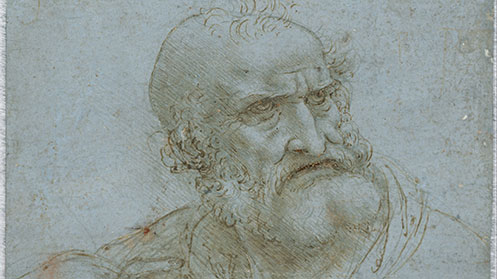
The fame of Leonardo Da Vinci's iconic paintings, such as the Mona Lisa and The Last Supper, has meant he has been regarded primarily as an artist, but he was also an immensely talented engineer and scientist – and a visionary inventor way ahead of his time.
One of the great creative minds of the Italian Renaissance, Da Vinci was born in the town of Vinci on April 15, 1452. Despite living centuries before his trailblazing ideas were fully realized, his forward-thinking sketches provided the foundation for some of the most important innovations of modern times, with his notebooks suggesting that he 'invented' the bicycle, airplane, helicopter, machine gun and parachute.
From his deep understanding of the workings of the human body, as evidenced by his art, to his awareness of physics, mathematics and astronomy, the key to the polymath’s genius ideas was the way in which he pulled together his varied talents and knowledge to form his concepts.
Galileo Galilei
While Galileo’s inventions and scientific breakthroughs were many and varied, arguably his greatest gift to the world was that he was unafraid to question conventional wisdom and the accepted scientific norms of the time in order to further his remarkable ideas.
Born in Pisa, Italy on February 15, 1564 to a famous musician father, Galileo invented numerous mechanical devices, including a ground-breaking horse-drawn pump and the hydrostatic balance measuring device. His most famous would be a powerful telescope, produced in 1609. Modeled after telescopes produced in other parts of Europe that could magnify objects three times, Galileo’s could magnify objects by a factor of 20, allowing him to look at the moon, discover the four satellites of Jupiter, observe a supernova and verify the phases of Venus.
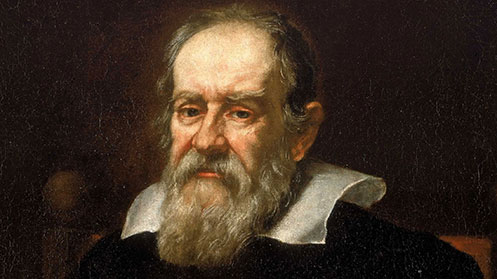
These discoveries helped him prove the Copernican system, which states that the Earth and other planets revolve around the sun. Prior to this theory, it was accepted that the universe was geocentric, meaning the sun revolved around the earth.
Galileo’s debunking of traditional beliefs attracted the attention of the all-powerful Catholic Church, which considered his ideas as heresy. At first they sentenced him to life in prison, but later allowed him to live at his home in Tuscany under house arrest until his death in 1642. The Church would go on to change its views on Galileo, while his advancement of astronomy and physics means he is now commonly referred to as 'the father of modern science'.
Ada Lovelace
Born into aristocracy, Ada Lovelace was the daughter of the Romantic poet Lord Byron. She would head down a decidedly different path than her famous father, breaking the conventions expected of noblewomen in the 19th century by studying science. Her unconventional education, coupled with her ability to 'think outside of the box' long before the term was coined, helped to lay the groundwork for the computing revolution that began a century later.
Aged 17 she met the inventor Charles Babbage, beginning a lifelong friendship. Babbage was working on a machine known as the 'analytical engine', now recognized as a very early version of the computer.

Beguiled by the machine, Lovelace began contributing to the project. Dubbed ‘the enchantress of numbers’ by Babbage, she wrote reams of documentation about the pioneering invention, with her observations including the idea that such a machine could manipulate symbols in accordance with rules, and that numbers could represent entities other than quantity – a breakthrough that marked the fundamental transition from calculation to computation.
Although she died young, Lovelace left an invaluable legacy, with her observations informing Alan Turing’s work on the first modern computers.
Thomas Edison
Often regarded as the greatest inventor in history, Thomas Edison has over 1,000 patents in his name. Born in 1847 in Milan, Ohio, his prolificacy was in no small part down to the fact that he backed up his innovative thinking with solid business acumen, with his breakthroughs often the result of a focus on developing a marketable product which solved a common problem.
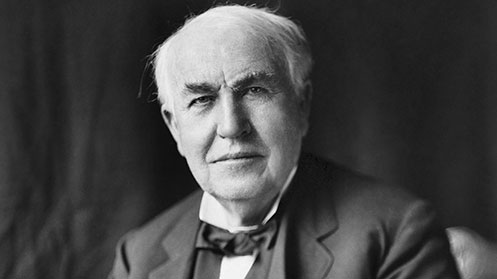
At the heart of Edison’s work was his Menlo Park research labs in New Jersey – the first business or institution established for the sole purpose of inventing. Here, Edison's team would research and develop new scientific concepts, before applying them to practical functions in devices which could be manufactured and built on a large scale.
Edison’s inventions included the telegraph, the universal stock ticker, the phonograph, the first commercially practical incandescent electric light bulb, alkaline storage batteries and the Kinetograph (a camera for motion pictures). His incredible success at bringing these inventions to market such advancements helped to drive America's industrial progress in the late 19th and early 20th centuries.
Marie Curie
Contrary to most innovators of her time, when Marie Curie made her greatest discovery, she did not patent it in the hope of cashing in – instead she made all her research relating to the discovery of radium available to the scientific community, encouraging others to further develop her findings.
Born in Poland in 1867, Curie’s achievements were all the more incredible given that when she was growing up, girls were forbidden from attending college, forcing her to receive her education at the 'Flying University', a clandestine institution operated in secret from the Russian imperial authorities. After moving to Paris to further her studies at the Sorbonne, which accepted girls, she would go on to become one of the most ground-breaking scientists of all time.

Best known for her work on radioactivity and for discovering the element polonium, she would become the first person to be awarded two Nobel Prizes – one in physics, which she won jointly with her husband Pierre and Henri Becquerel, and another in chemistry. Curie was also responsible for establishing the theory of radioactivity, but she unwittingly also discovered the fatal effect that radiation could have on your health, dying in 1934 from leukemia caused by radiation exposure.
Hedy Lamarr
Hedy Lamarr’s life perhaps stands as a shining example of an innovator defying convention. A glamorous Austrian-American actress during MGM's 'Golden Age', Lamarr certainly doesn’t fit the stereotypical image of what an inventor should look or act like.
But every time you connect to Wi-fi or use Bluetooth on your phone you have the Hollywood actress to thank, at least in part.

In addition to starring in films such as Samson and Delilah and Lady of the Tropics alongside the likes of Clark Gable and Spencer Tracey, Lamarr was also a self-taught inventor – an aspect of her life which she largely kept secret.
At the start of World War 2 she co-invented an early technique for spread spectrum communications. Designed to allow Allied submarines to guide torpedoes more accurately toward their targets, the principles of the technology are incorporated into today's wireless communications tech.
Rosalind Franklin
Like a number of the innovators listed here, Rosalind Franklin battled to get an education, and then battled to gain recognition for her visionary work. Born in London in 1920, she knew her calling was to be a scientist from an early age, but her father objected to women going to college, and refused to pay her tuition.
Her mother and aunt would eventually convince him to change his mind, with Franklin rewarding their faith by graduating with a doctorate in physical chemistry from Cambridge University, in 1951. The young British scientist would go on to play a fundamental role in arguably the most important scientific breakthrough of the 20th century, producing an x-ray photograph and research that helped show the structure of DNA, the molecule that holds the genetic code underpinning all life.
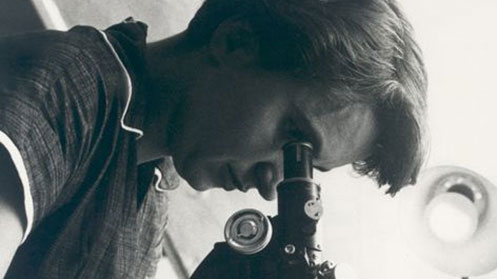
Often feeling undermined by her male colleagues, Franklin regularly clashed with her colleague Maurice Wilkins, who had thought she was his assistant, not his equal. Unbeknown to Franklin, Wilkins would share her research with James Watson and Francis Crick, who would use information from the image to work out a model for the structure of DNA. The discovery was integral to the transformation of modern medicine, and has been described as one of the greatest scientific achievements of all time.
Franklin tragically died of ovarian cancer at the age of just 37. Four years later, Watson, Crick and Wilkins were awarded the 1962 Nobel Prize in Physiology or Medicine for the discovery. As the prize is not awarded posthumously, Franklin’s key contribution was not recognized, and campaigns continue to this day for her to receive the acknowledgement her work so richly deserved.
Tim Berners-Lee
It’s often a measure of a great innovators that they're quick to recognize that their ideas may have applications beyond their original intended use, and there's no better example of this than British computer scientist Tim Berners-Lee’s inception of what would become the worldwide web.
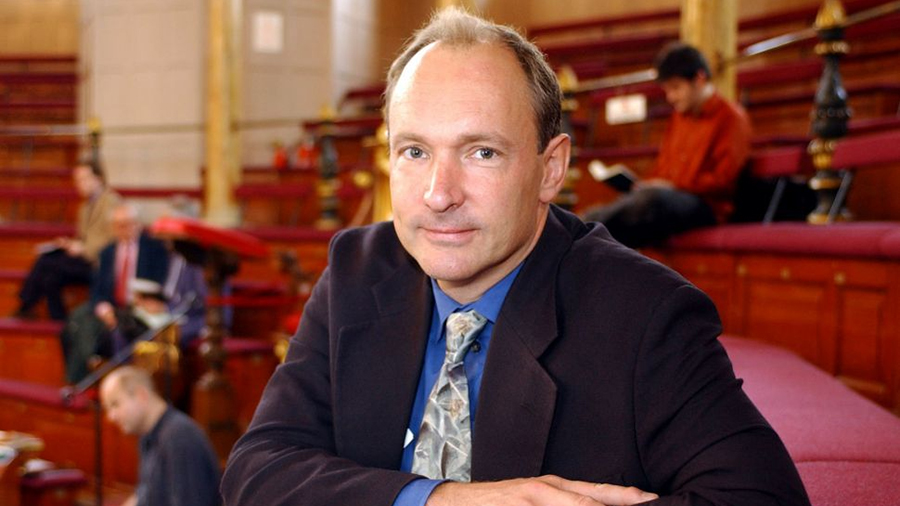
In 1989, while working at the CERN European Particle Physics Laboratory near Geneva in Switzerland, Berners-Lee created the first hypertext browser, and by October of the following year he had formulated the core components of the global network that we still use to this day: HTML, URL and HTTP.
Although initially devised as a means for scientists around the globe to quickly share their research, Berners-Lee soon realized that his invention had applications far beyond the academic community, and could benefit the entire world. His adaptation and development of his initial idea would forever change the way humans communicated with one another.
TechRadar's Next Up series is brought to you in association with Honor


Kevin Lynch is a London-born, Dublin-based writer and journalist. The author of Steve Jobs: A Biographic Portrait, Kevin is a regular feature writer for a number of tech sites and the former Technology Editor for the Daily Mirror. He has also served as editor of GuinnessWorldRecords.com and has been a member of the judging panel for the BAFTA British Academy Video Game Awards. Alongside reviewing the latest AV gear, smartphones and computers, Kevin also specialises in music tech and can often be found putting the latest DAWs, MIDI controllers and guitar modellers through their paces. Born within the sound of Bow Bells, Kevin is also a lifelong West Ham fan for his troubles.